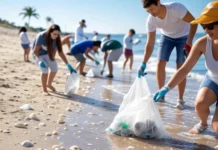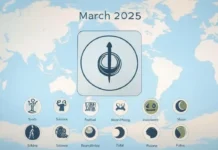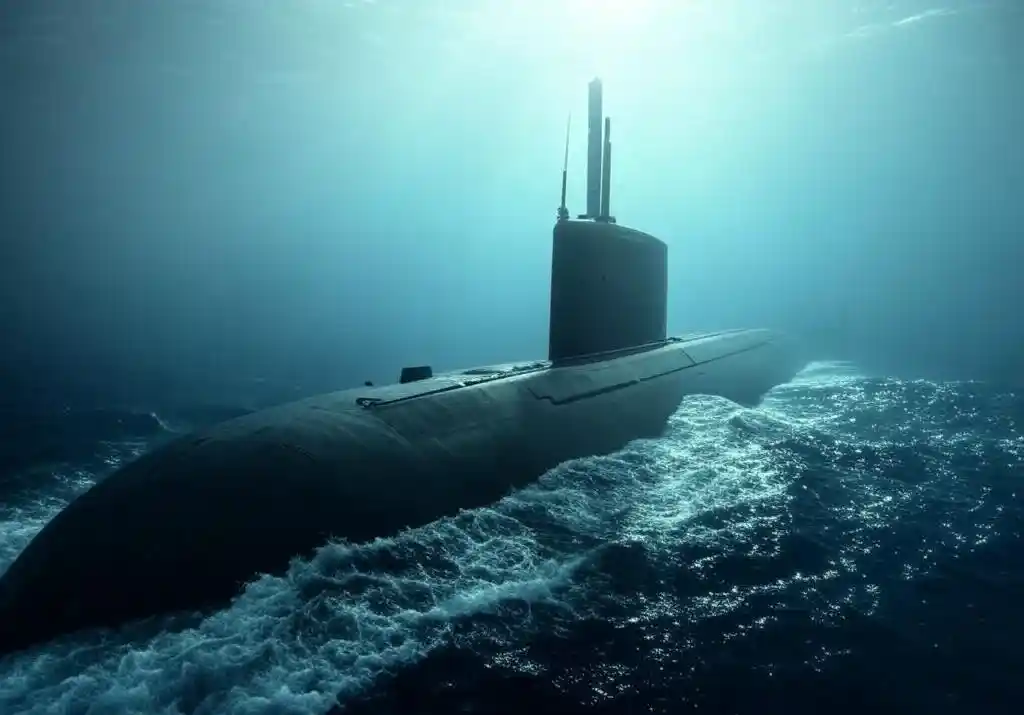National Submarine Day, observed annually on April 11, commemorates the remarkable achievements of submarines in naval defense and ocean exploration. This day honors the legacy of the USS Holland, the first modern submarine, which embarked on its inaugural voyage on this date in 1900. Submarines have since evolved, playing pivotal roles in military strategy and scientific discovery.
Key Details of National Submarine Day
| Detail | Description |
|---|---|
| Name of Observance | National Submarine Day |
| Date | April 11 (Every Year) |
| Purpose | To honor the commissioning of the USS Holland and the contributions of submarines in naval defense and science |
| First Observed | 1900 (Commissioning date of USS Holland) |
| Observed In | Primarily United States, recognized globally by naval and maritime communities |
| Significance | Marks the advancement of submarine technology and celebrates the service of submariners |
| Ways to Celebrate | Museum tours, educational events, media features, military ceremonies |
| Organized By | Naval institutions, educational centers, maritime museums |
| Official Hashtag | #NationalSubmarineDay |
History of Submarines
The concept of underwater vessels dates back centuries. In 1620, Dutch scientist Cornelius Drebbel constructed the first known submarine, demonstrating its potential for underwater navigation. During the American Revolutionary War, the “Turtle” became the first submarine used in combat, attempting to attach explosive charges to British ships. However, it was on April 11, 1900, that the U.S. Navy commissioned the USS Holland, marking a significant advancement in submarine technology and naval warfare.
Significance of National Submarine Day
National Submarine Day serves to recognize and appreciate the strategic importance of submarines in modern defense systems. Beyond their military applications, submarines have facilitated extensive underwater research, contributing to our understanding of marine biology, geology, and environmental science. This day also acknowledges the dedication of the personnel who operate and maintain these complex vessels.
How the Day is Celebrated
- Educational Programs: Schools and universities may host lectures and workshops to educate students about submarine technology and its impact.
- Public Exhibitions: Naval museums and bases often open their doors to the public, offering tours of decommissioned submarines and interactive exhibits.
- Ceremonial Events: Military organizations might conduct ceremonies to honor submarine crews and commemorate historical milestones.
- Media Features: Documentaries and special broadcasts highlighting submarine missions and advancements are aired on television and online platforms.
Interesting Facts About Submarines
- Depth Capabilities: Modern submarines can dive to depths exceeding 500 meters, depending on their design and purpose.
- Nuclear Power: Nuclear-powered submarines can remain submerged for extended periods, with some operating for months without refueling.
- Stealth Technology: Advanced sonar systems and hull designs enable submarines to operate with minimal detection by enemy forces.
- Scientific Contributions: Submarines are instrumental in conducting underwater archaeological digs, studying marine life, and exploring oceanic trenches.
Frequently Asked Questions
What is National Submarine Day?
National Submarine Day is observed on April 11 to celebrate the history and contributions of submarines in military and scientific fields.
Why is April 11 chosen for this observance?
April 11 marks the commissioning of the USS Holland in 1900, the first modern submarine in the U.S. Navy.
How can I participate in National Submarine Day?
You can visit naval museums, attend educational events, or watch documentaries about submarines to learn more.
Are there special events held on this day?
Yes, many naval institutions host exhibitions, ceremonies, and open houses to commemorate the day.
How do submarines contribute to scientific research?
Submarines facilitate the exploration of ocean depths, study marine ecosystems, and assist in underwater archaeological discoveries.
























